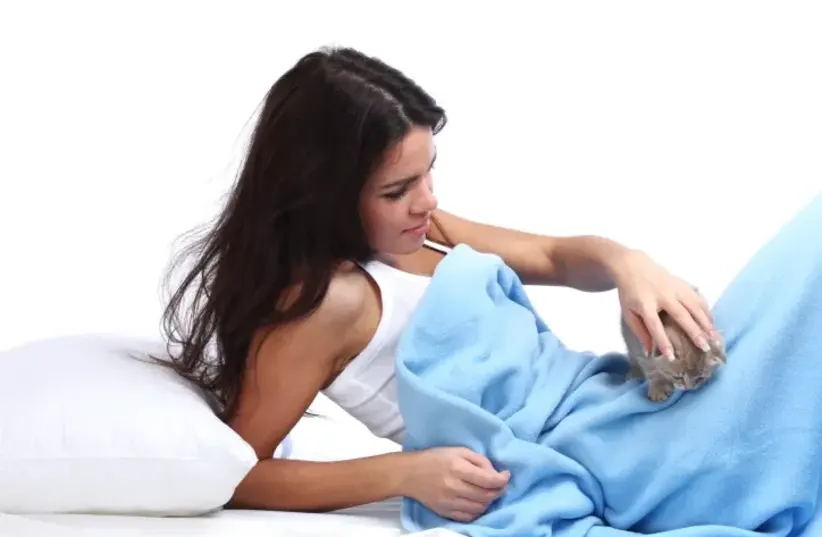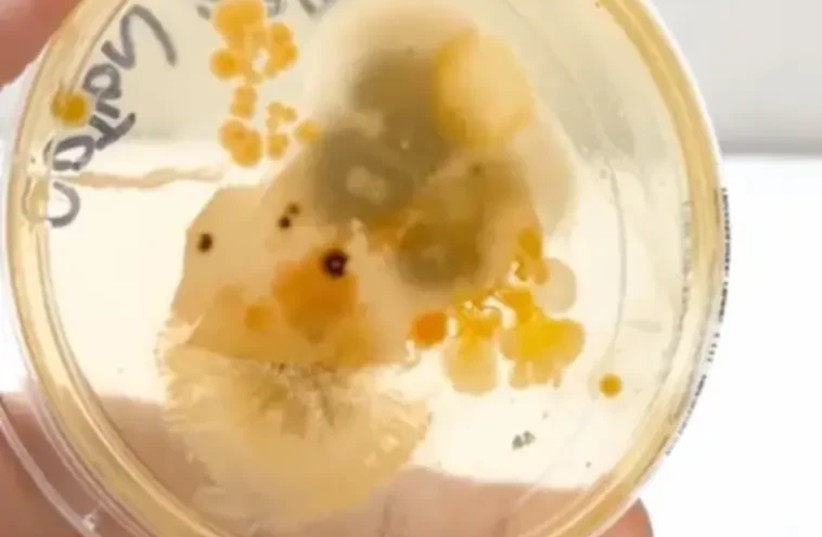Experts warned that pillowcases should be changed regularly - and more than once a week. An unwashed pillowcase can contain three million bacteria after just one week—about 17,000 times more than an average toilet seat, Amerisleep reported.
The tests included cleanliness data of mattresses, bedding and pillowcases , as well as a breakdown of the functional pathogens lurking between the sheets. Allergens, fungi and dead skin debris are among the particles you don't want to curl up with at night, and they can also attract the dust mite, a microscopic creature that feasts on skin cells.
"When you get into bed, you contaminate your bedding with dead skin cells (about 50 million per day). Sweat, make-up, creams, hair or anything else that touches your body during the day, even pet hair or dander to fungal mold and dirt particles," Dr. Hadley King explained to Well+Good. "Dead skin cells and sweat provide food for the dust mite, attracting it to your bed and helping it reproduce."
Recently, TikTok revealed a visual representation of the bacterial colonies that apparently bloom under our heads every night. In the marketing of the pillowcase brand "Argy" which supposedly fights acne, a piece of a normal pillowcase was taken and tested in a petri dish.
Results of the pillowcase culture
After only a few days without washing the pillowcase , the bacteria multiplied rapidly. In fact, previous studies have found that disease-causing bacteria live on unwashed bedding over time.
Despite the experts' warnings to change pillowcases every few days and sheets every week, there are quite a few people who are not bothered and wait over a month until they wash their sheets. A survey in the UK revealed that half of men are in no rush and wait up to four months to change their sheets.

